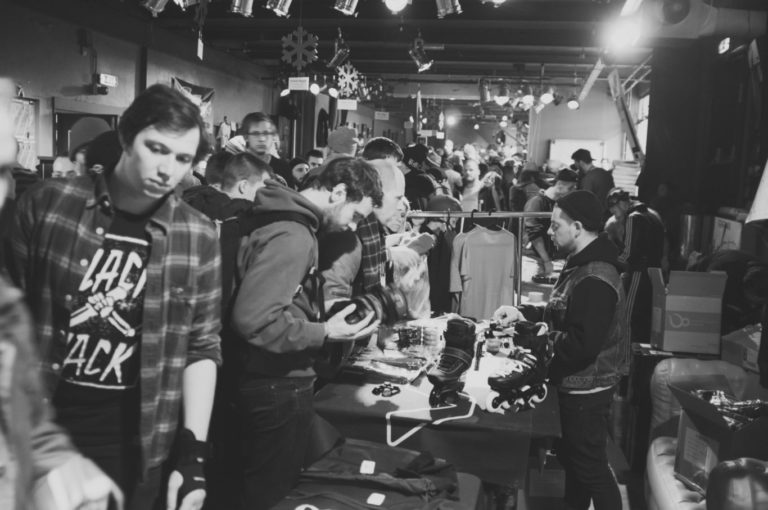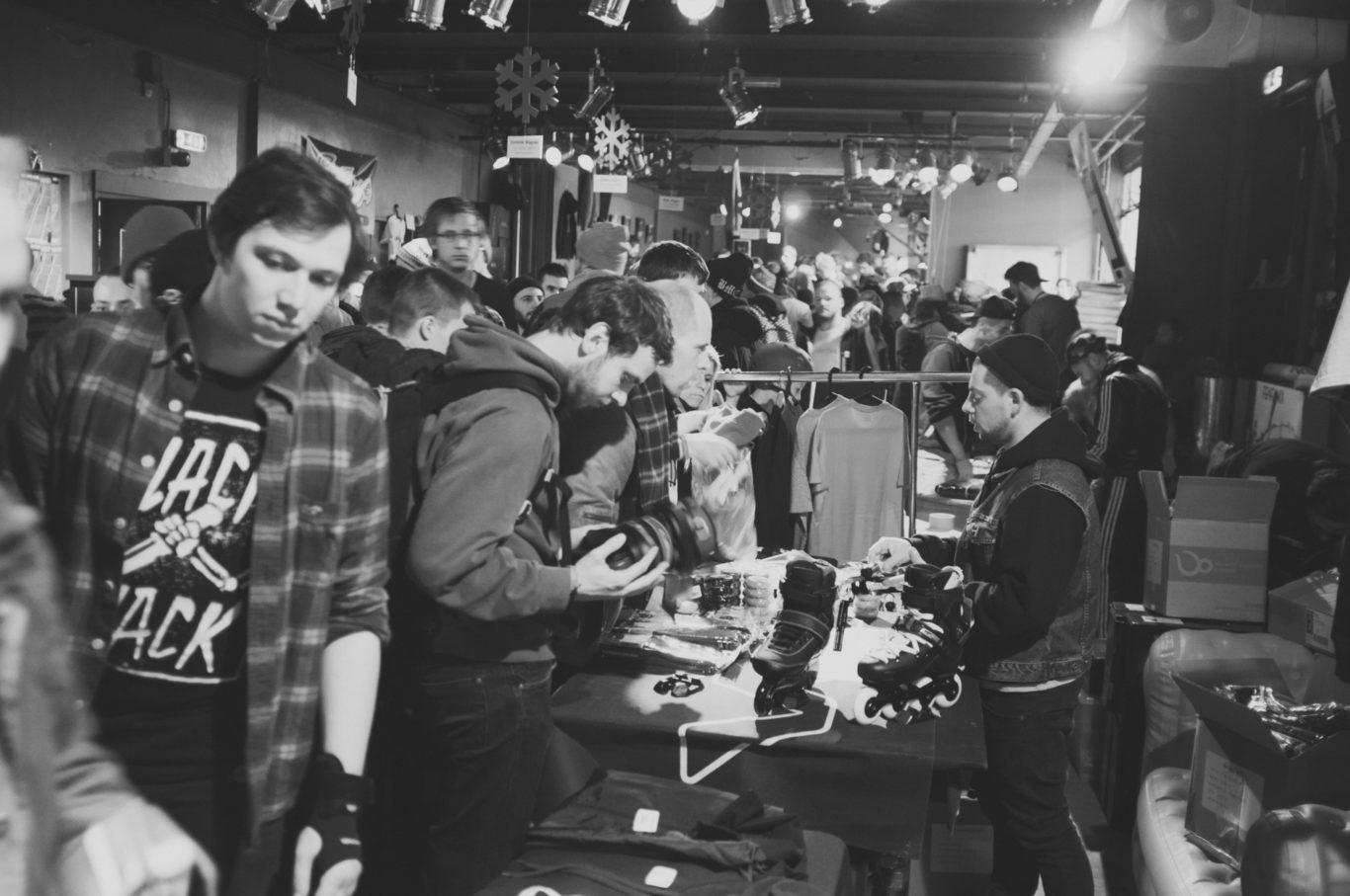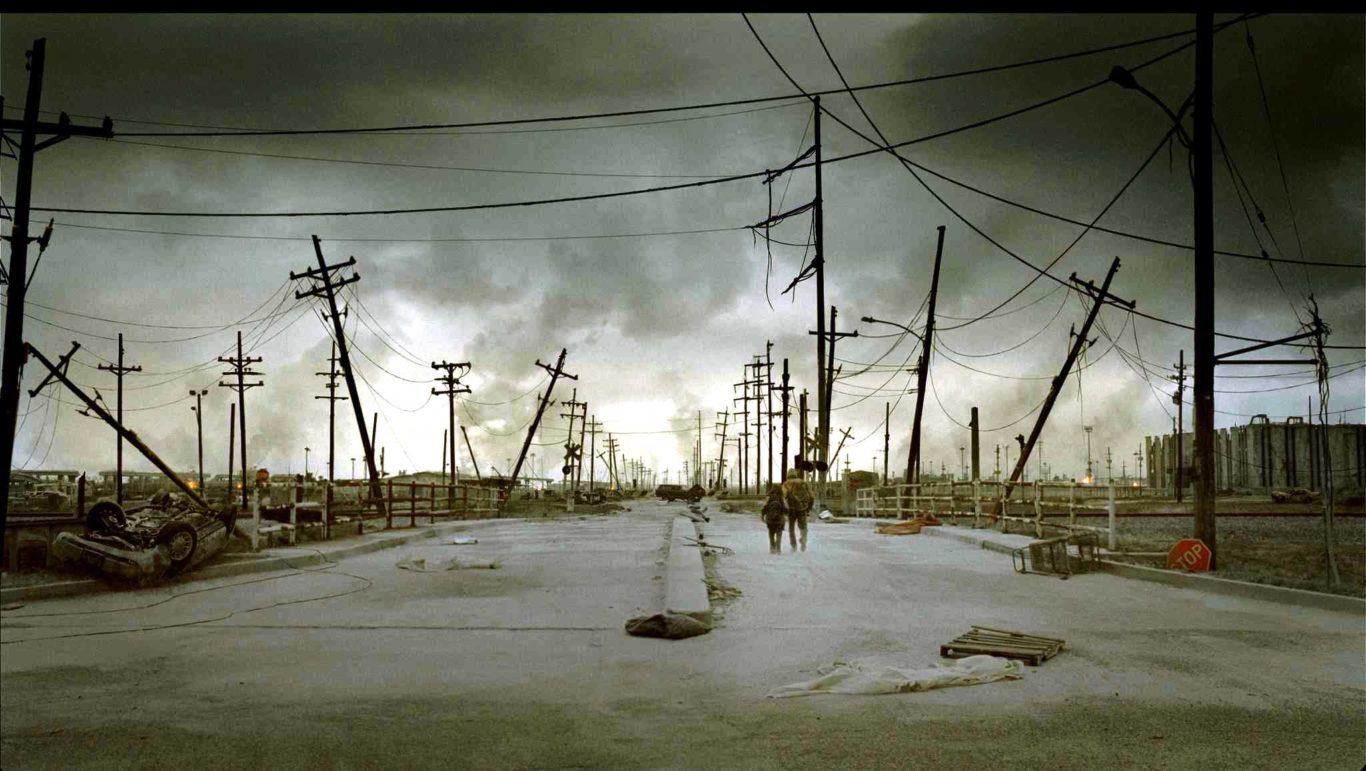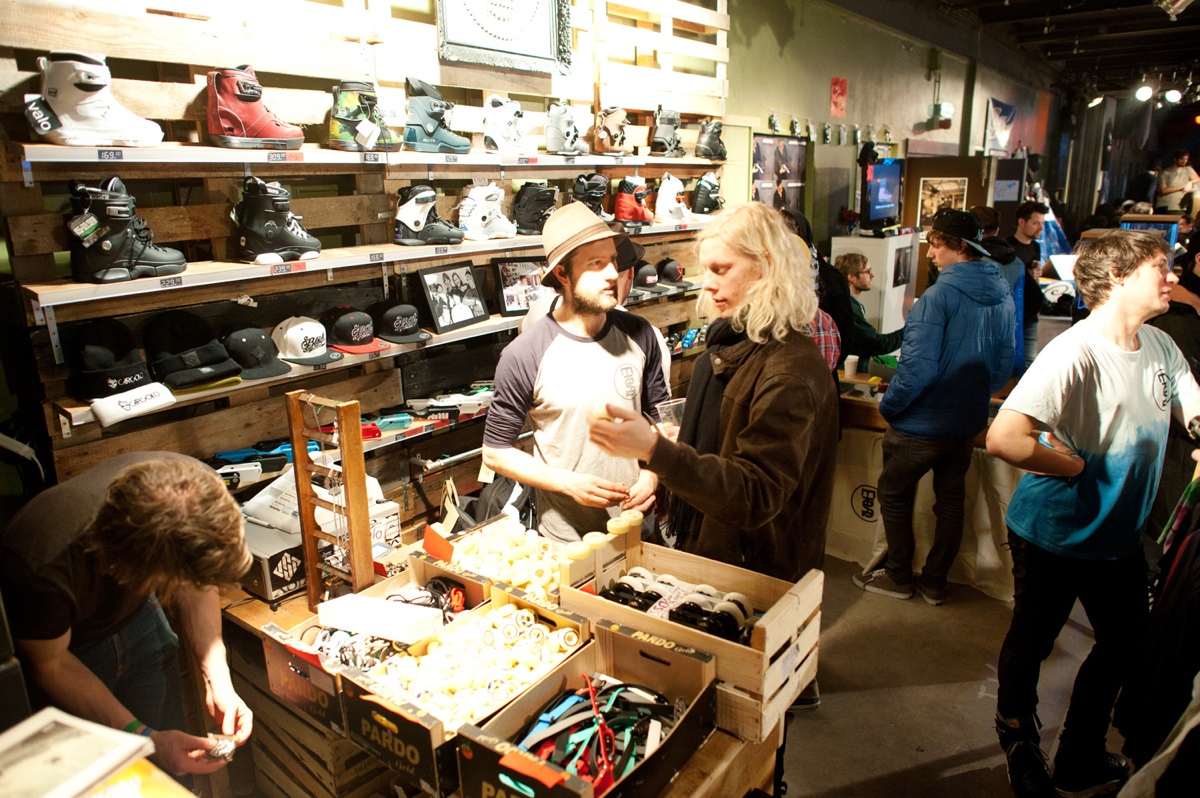In the prelude to this series, I wrote about the difficulty people and cultures face when trying to restore their native language from brink of a phenomenon known as ‘language death’ once certain thresholds have been passed. It’s not impossible to save a dying language, but it is very, very difficult.
In Part 1 of this series, I explained that creating a fair definition of a rollerblader—for the purpose of census taking—too, posed certain challenges, but ultimately is more a matter of careful thinking and consultation with experts rather than coldly facing insurmountable odds. Definitions, after all, are always very flexible and usually subject to very specific contexts.
In Part 2 I put the BPM model to work giving us the estimate that there are probably between 15,000 and 25,000 of us so-called “aggressive inline skaters” still out here in the wide world doing our thing. Many issues surround those numbers, but their value as a public demonstration of estimating blader realities by relying on data—as opposed to intuition—seems to be at least a decent starting place from which better data and a tighter theory can be created and deployed.
Side note: I’m reserving—for the time being—space in the final Part 4 of this series to discuss several noteworthy issues that have arise from people who have gotten in touch with me about this project, so most of the meta-investigation and discussion will have to wait for a little while longer. As always, though, I hope that you’ll bear with me.
Now, in Part 3 of this series, I’m going to take a look at the rollerblading economy to see what kind of numbers we can come up with given the context provided by the tentative conclusions and figures generated so far in the series.
So let’s get right into it.
First, and this is kind of a biggie, is that many efforts have been made before now to get some sense of the value of the “aggressive inline” economy. Masterblade, or ‘drrty’ has done some interesting work estimating the value of the blading economy, which you can read about here: masterbla.de/2015/04/08/industry-worth-one-scarface-mansion
Using the penname ‘drrty,’ the author concludes, “The industry is worth one Scarface Mansion, probably,” or about $35,000,000 (in US dollars, USD hereafter). He’s done a pretty interesting job, and his method is fairly compelling. However, it seems to me that his final number is probably quite a bit high though.
Meanwhile, there have been many, many other conversations in Facebook groups and on our message board here at Be-Mag dealing with the same, or at least related topics. Some of the estimates I’ve seen seem breathtakingly low, while other estimates seem astoundingly high. There are a few comments floating around out there too, that land above even the “astoundingly high” mark and reach right into “probably totally unconnected with reality” territory.
Those outliers aside, there are estimates out there that seem strikingly reasonable, even if they appear to be based solely on intuition. A noteworthy and clever such estimate that comes to mind came from Al Dolega and can be found here: be-mag.com/msgboard/showthread.php/61245-Rollerblader-participation-numbers
In one of his comments, the good Mr. Dolega estimates that there may be as many as 50,000 people per year who buy a pair of “aggressive” style inline skates, but that only as many as 10,000 of them pay attention to blading in any regular or meaningful way.
He goes on to suggest that the total number of “blading-is-my-life, I-make-life-decisions-around-rollerblading” bladers is probably less than one or two thousand in the United States.
I confirmed with Mr. Dolega that his estimate comes largely from intuition, or, as he put it laughingly:
“Well, first, I boil a cauldron of eye of newt. Then I add four strands on Arlo’s hair and recite the holy words…”
Eye of newts and Arlo hair notwithstanding, it is clear that his intuition is informed by some rather wide and varied experience across the blading world. No matter the true source of his estimate, I will confess that it strikes me as quite reasonable.
A second main point I’d like to address may be something that many of you may not care at all about, but it seems to me that it’s worth pointing out, as politely as possible, that there are major differences between total revenue and total take-home profit.
Again, this isn’t something that I’m saying because I think everyone (or anyone) is ignorant to, but I do feel compelled to point it out because I’ve seen it mentioned so rarely.
Generally speaking, small companies with only a few employees routinely have very high profit margins, sometimes as high as 30% or so. Meanwhile, giant international conglomerates tend to hover right around 5% or so.
So a house builder or developer working in Colorado who brings in $10 million (USD) in revenue, for instance, may bring home as much as $3 million (USD) in pure profit. At the same time, a giant corporation like Exxon, which earns billions annually, may net a total profit around 5% annually.
The point is, when we talk about the blading economy being worth $1 million (USD) or $35 million (USD), we’re really talking about revenue, not net profit. I worry that many people make the same mistake I often do, which to think of every million dollars that gets talked about as being represented by a suitcase full of hundred-dollar bills like we see in the movies, rather than a network of complicated representations of assets, expenses, salary earnings, and profits.
This is all to say that Peter-Puppet-String-Puller at “Blader Distribution Corp” may own a company (and several “brands”—which is another thing altogether) worth a million dollars, but his annual “take-home” profit from that enterprise is going to be between 5-30% of whatever his total revenue was from that particular year.
Another important issue to raise here is something that massively complicates any estimate for something like the “total-net-worth” of the aggressive inline economy. That juggernaut-sized issue, of course, is the person-to-person sales of blading gear on message boards, Facebook groups and other online forums.
I may or may not be alone when I believe that rollerblading is existing right now in a kind of rollerblader post-apocalypse in which we, “the survivors” navigate through a ruined world littered with the debris of products and gear from earlier blade companies and manufacturers.
To be clear, I don’t see this situation as being an existential threat, as others have mentioned to me. Rather, the post-apocalypse reality we face is actually a rather bountiful one where there exists a GIANT surplus of blader gear from the 1990s and early 2000s that many people are still able to get their hands on rather cheaply, preventing, for instance, their need to buy blader gear at full price from retailers. Instead, the retail market is clearly kept artificially small because of all the hot deals that can found at thrift stores, charity shops, resale sports shops, sites like eBay, and directly online from the hoarders among us who, like us, have also survived the blader apocalypse and still wander the littered streets.
I mention this because any estimate of the blading economy must at least acknowledge the fact that there are going to be a sizable number of bladers who skate regularly with their crews, travel the country or the world, skate every day, and haven’t paid “retail” for a pair of blades within the last five or even ten years.
Additionally, any cash-in-hand deal made online or in person between Bobby Hoarder-Blader and Jimmy Cheapskate on a blader trader outpost is money that affects rollerbladers, but is only indirectly linked to what we would perceive as the “blading retail economy.” It affects the business for sure, but it’s not a number I’m looking to work out just yet.
So, to stake my claim in the land, I’d like to say that while I understand the blader post-apocalypse surplus posses real problems for blading-economy retail sales, I still believe that keeping dudes and dudettes on blades for only a couple of bucks (or quid, or euros) a year is still something that needs to be understood as vitally important in the current reality of the blading economy’s modesty. Such is especially true given the omens of “language death” I wrote about in the prelude to this series.
Finally, I’d like to offer you my estimates for the annual revenue of the blading economy derived from the census estimate covered in Part 2 of this ‘Educated Guesses’ series.
In the course of speaking with all the bladers I spoke to during the research phase of the demographic portion of this study, I also routinely asked people how much “retail” money they spent on blading-related things—this includes, for instance, purchasing new skates from a shop or online retailer, wheels, frames, clothes, backpacks, bearings, DVDs, VODs, etc.) within the last 12 months. A few times, I even put the question to much larger Facebook groups and got dozens of responses at a time.
Keeping in mind that I asked people to exclude cash-in-hand deals and “thrift-store-gold,” most people who I spoke to reported spending (on average) a few hundred dollars (again, USD). There were some people who spent considerably more than that, especially those of us who left blading five or ten years ago, found that blading was desperately missing from their lives, and came roaring back to blading with the rare need to purchase three or five complete and brand new setups just to get a sense of “all the cool stuff” that has come available since their initial departure.
In those rare cases, we see people who spent something like $1,000 or even more on brand new, retail-priced wheels, softgoods, skates, frames, VODs (etc).
So to give ourselves a range to get a sense of the retail (only) side of the blading economy, I think it’s worth taking the low end of spending and the high end of spending and multiplying those figures by our low and high end estimates from the Part 2 tentative population estimates to get a range to think about.
Here’s what that looks like:
If we take a reasonable low-end figure like $100 (again, this number represents retail-only spending) and multiply that by our low-end population estimate (15K bladers worldwide), we get a total retail blading revenue figure around $1,500,000 (USD).
Quite modest indeed.
Meanwhile, if we take the high-end figure of, say, $1,000 and multiply that by our high-end population estimate (25K rollerbladers worldwide), we get the much larger total retail blading revenue figure of $25,000,000 USD (or a bit over 22,000,000 Euros).
Quite a high difference indeed, but still a rather significant difference of $10,000,000 from, for instance, Masterblade’s estimate of “One Scarface Mansion.”
Admittedly, offering you a range between 1 and 25 million dollars of total annual blade-economy revenue is perhaps laughably broad, so to avoid any derisive fate I may have in my future, I’ll offer you what I think is a reasonable median that we can all at least think about as a starting point for considering what the retail blading market brings in during the course of one year.
If you figure that most of us buy about one pair of boots (or so) per year, a few VODs and a handful of other retail-priced goods, we’re all probably spending in the neighborhood of about 300 bucks (USD) per year. Ignore from that sum any money spent buying the odd buckle or spare pair of cuffs from a homie or any other ebay or thrift-store-gold, and figure that number against the low and high-end estimates of the blader population and you get a much more sensible range. If there are only 15K bladers worldwide, then the $300 total retail blading revenue figure would live in the vicinity of about $4,500,000 USD worldwide. If, it turned out, that there are more like 25K of us worldwide, the total retail blading revenue figure would be more like $7,500,000.
That strikes me as a much more reasonable range, but, as I’ve said, relying on intuition is somewhat of a cardinal sin for this project, but, in many ways, huge portions of my life could be represented as the commission of one cardinal sin followed by the next. Given that, I’m in least in keeping with the norms of my life. Additionally, there is some extent to which reliance on intuition is inescapable.
Anyhoo.
My own sins notwithstanding, I’d like ask you, my dear reader, to consider posting in the comments below the amount of money you spent in the last 12 months on retail blader gear. If enough people comment along those lines, we may at least be able to take a wider look at how much money is circulating within the retail-only side of blading.
If you’re uncomfortable telling the world how mush cash money you spent last year, consider sharing with us an amount that your “friend” spent on blader gear in the last 12 months!
In the meantime, I’ll start gearing up to write Part 4 of this series, which I hope will offer some intriguing tentative conclusions based on the figures we’ve been thinking about so far in this series, and I’ll be sure to address the many and sundry issues that have arisen since the first portion of this series began.
Until then, and as always, thanks for your consideration.
Your favorite pros’ favorite products. Support Be-Mag by buying at our very own

or one of the following affiliate partners:
Amazon – everything you need
B&H – cameras and more
eBay – Electronics, Cars, Fashion, Collectibles, Coupons and more







